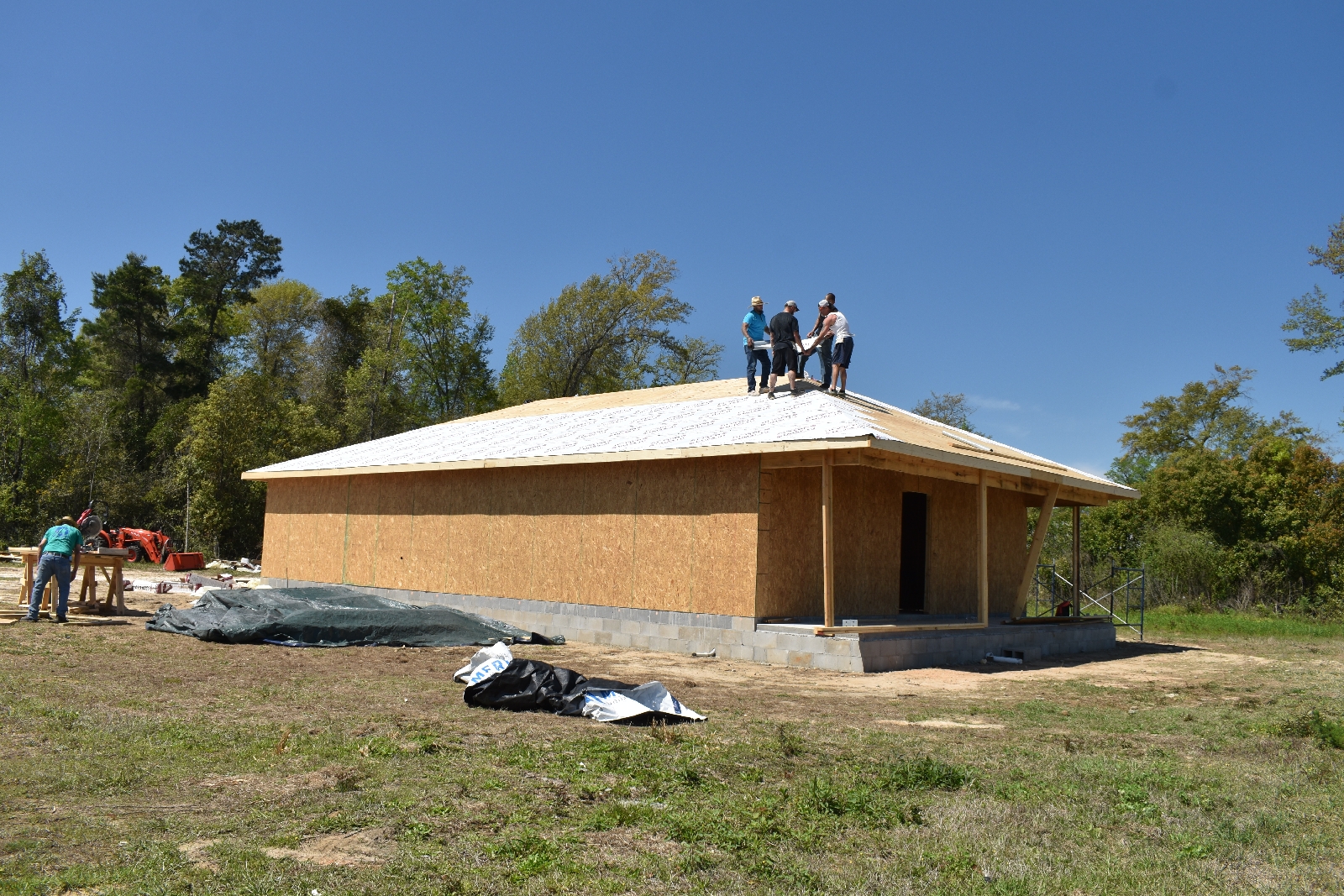Chaco Cultural National Historical Park
Our next stop in our discovery tour of the history, mystery and mastery of understanding the indigenous peoples of “our” land (eye roll, eye roll, ahhh, whose land???) was out to Chaco Culture National Historic Park. This is a UNESCO World Heritage site and although it's another very remote park, it's fascinating to see the remains, extrapolate from those remains the buildings that existed in this area, the system of roadways, the trading, the kivas, the architecture, the purpose and importance of this community to the greater southwest of the the North American continent.
Once again we are hindered from knowing the exact purpose of many of the Great Houses constructed here, indeed the whole settlement, because there are no written records. However, from the design and scale of the buildings, their relationship to each other, the roads that were built, archaeological artifacts found and the traditional stories of the indigenous peoples, some good theories have been hypothesized.
Here's some of what's known: there were multiple “Great Houses” built in the canyon that were typically oriented to solar, lunar and cardinal directions, the houses were built with site lines between them which allowed for communication, this massive city was built in an arid climate on a site with little to no access to water, the buildings were surrounded by sacred mountains, mesas and shrines that still have deep spiritual meaning for their descendants even today.
A relatively accepted theory is that these Great Houses may be examples of “public architecture” and were used for ceremony, commerce and trading when people came to Chaco for events. It is an important place to more than one tribe of indigenous peoples. Pueblo peoples say that Chaco was a special gathering place where many people and clans came together to share ceremonies, traditions and knowledge. For several Navajo clans, Chaco is key to their origin stories.
By the 1100s - 1200s the thriving life and culture at Chaco Canyon declined and slowly ended as the indigenous peoples moved elsewhere to the north, south and west.
Many Southwest indigenous people look upon Chaco as an important stop along their clans' sacred migration paths - a spiritual place to be honored and respected.
Let's check out the pics!
Spectacular sunset and then a nearly full moon on our first night at the campground.
Fajada Butte
The Sun dagger is on top of Fajada Butte and creates a shadow falling between two rocks that accurately shows when the spring and fall equinoxes are.
Fajada Butte
Una Vida House
We explored many of the great houses: Pueblo Bonito, Kin Kletso, Pueblo Alto Hungo Pavi, Chetro Ketl, Pueblo del Arroyo, and Casa Rincanada.
This kiva was unique because of the keyhole shaped rectangle
Petroglyphs
These are particularly interesting because they were carved in 3D. The stone was cut out around them so they would be raised up from the stone. They are a series of shields.
White crowned sparrow
One of the Great Houses
Martin trying to make his way out the “door”. While initially it appears the Ancients must have been much smaller than we are today, but it is also important to remember that over the past hundreds of years sand has drifted in on the wind raising the “ground level” thus making the doorways shorter. So although they may very well have had a shorter stature, it probably wasn't three feet shorter! It turns out that the sand has actually been a protective element, preserving these structures. The last excavation the national park service performed was completely backfilled to protect the structure from the elements and to respect and honor the spiritual nature of this place to the indigenous peoples.
Last rays of the sun over a large kiva.
The sun reflecting on a doorframe
The moon was, sigh, just beauty itself.
There were three different buildings styles incorporated at Chaco. They varied by size of stone, whether a pattern was incorporated into the veneer and the width of the wall among other things.
more petroglyphs
We decided to hike up onto the mesa, enjoy the view into the canyon and check out a couple of Great House remains. The hike also allowed us to go past some of the remains of roads and steps that were built to ascend the steep mountains. Believe it or not, that crack in the rock face was the trail to get to the top. It was another rugged hike, (designed for mountain goats, I believe 🙄) until we made it up to the top, then it was easy-peasy hiking with stunning views.
It was a gorgeous day for a hike and to get a different perspective (or even just to lounge).
Looking down on the Great Houses.
One of the roads went through the pass
The planners of Chaco made all the roads as straight as possible even if that meant going up over the mountain and back down the other side. These roads were wide, up to 30’ and remarkably level. When it was steep they made steps to navigate obstacles. In the pic below, you can see a series of about four or five steps. Likely these steps are from about 800 AD.
a couple of pottery shards we found while hiking. They are likely somewhere between 800 and 1200 AD
As we hiked up to the top of the canyon one of the layers of the rock had embedded fossils.
Pueblo Bonita
Windows at angles
Doors align
Flora
Even in this super arid climate, there is still flora ...
Four winged salt bush
Asters
Desert mallow
And Fall Color!
There were trees following the arroyo wash which apparently still has water underground, but had not had any surface water for years.
Next stop: Albuquerque, NM



Comments
Post a Comment